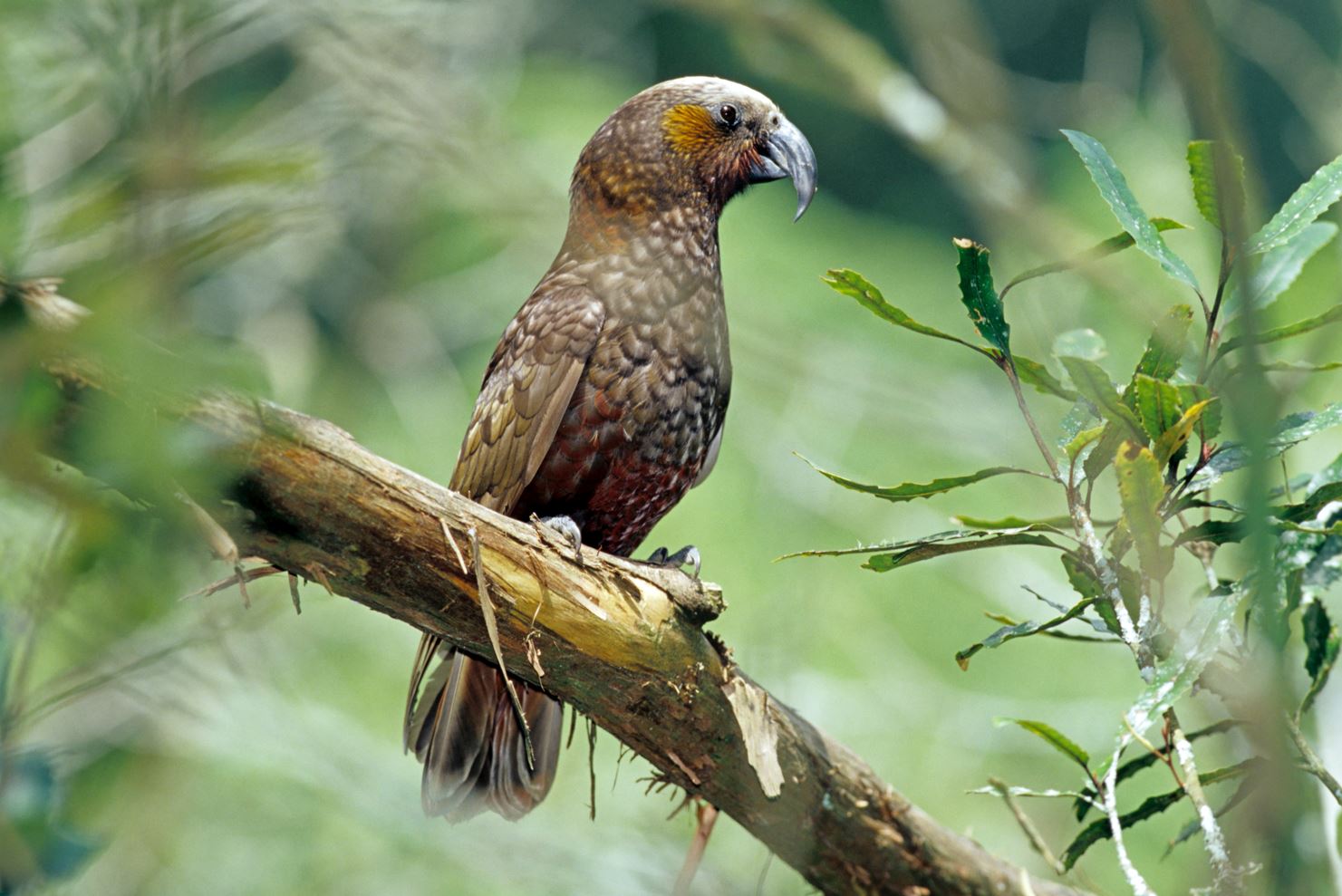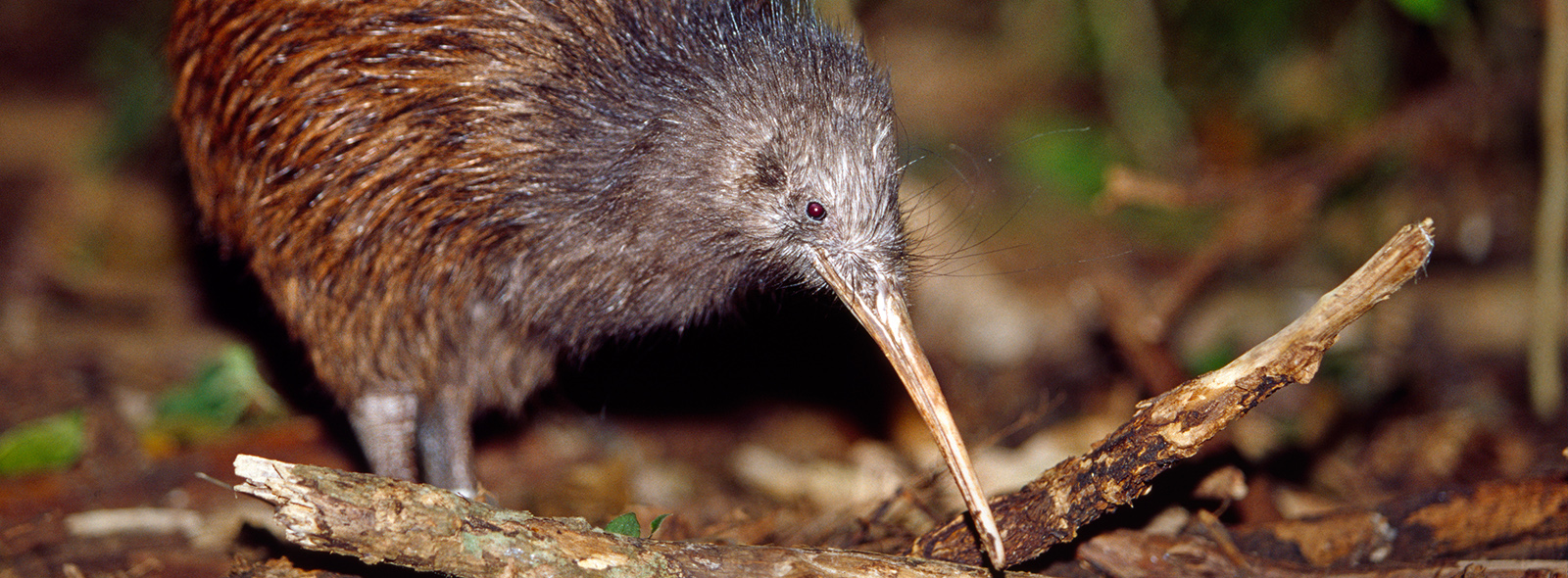Evaluating the use of 1080: Predators, poisons and silent forests

Kākā, Rob Suisted
The threat to our biodiversity takes several forms. Historically, land clearance and modification had huge impacts on native species and ecosystems, although those days are largely behind us and around 30 percent of the country is now reserved in the public conservation estate. But every day, imports cross our borders with the potential for biosecurity breaches. And climate change is likely to threaten the survival of some of our plants and animals.
However, the biggest and most immediate risk lies at the feet of just a few introduced species. Possums, rats and stoats in particular continue to devastate our forests and the creatures that live within them. These predators are widespread throughout the country and are the greatest threat to the continued survival of many of our native birds.
We do not have the luxury of time. Only one eighth of the conservation estate has any pest control at all, and without active management many of our iconic species are in danger of extinction.

